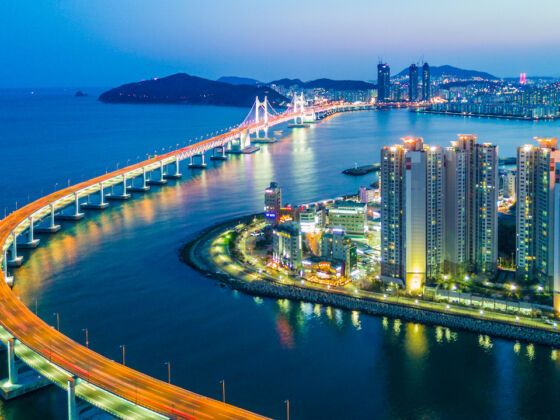Practicalities
South Korea’s size makes road tripping an attractive option. Vehicles can easily be rented at Incheon International Airport and through many hotels in Seoul.
Tip: Try to reserve an LNG-ready car. The cost of this alternative fuel is about a quarter that of gasoline.
The following standout spots fall in a clockwise route, beginning in the capital.
